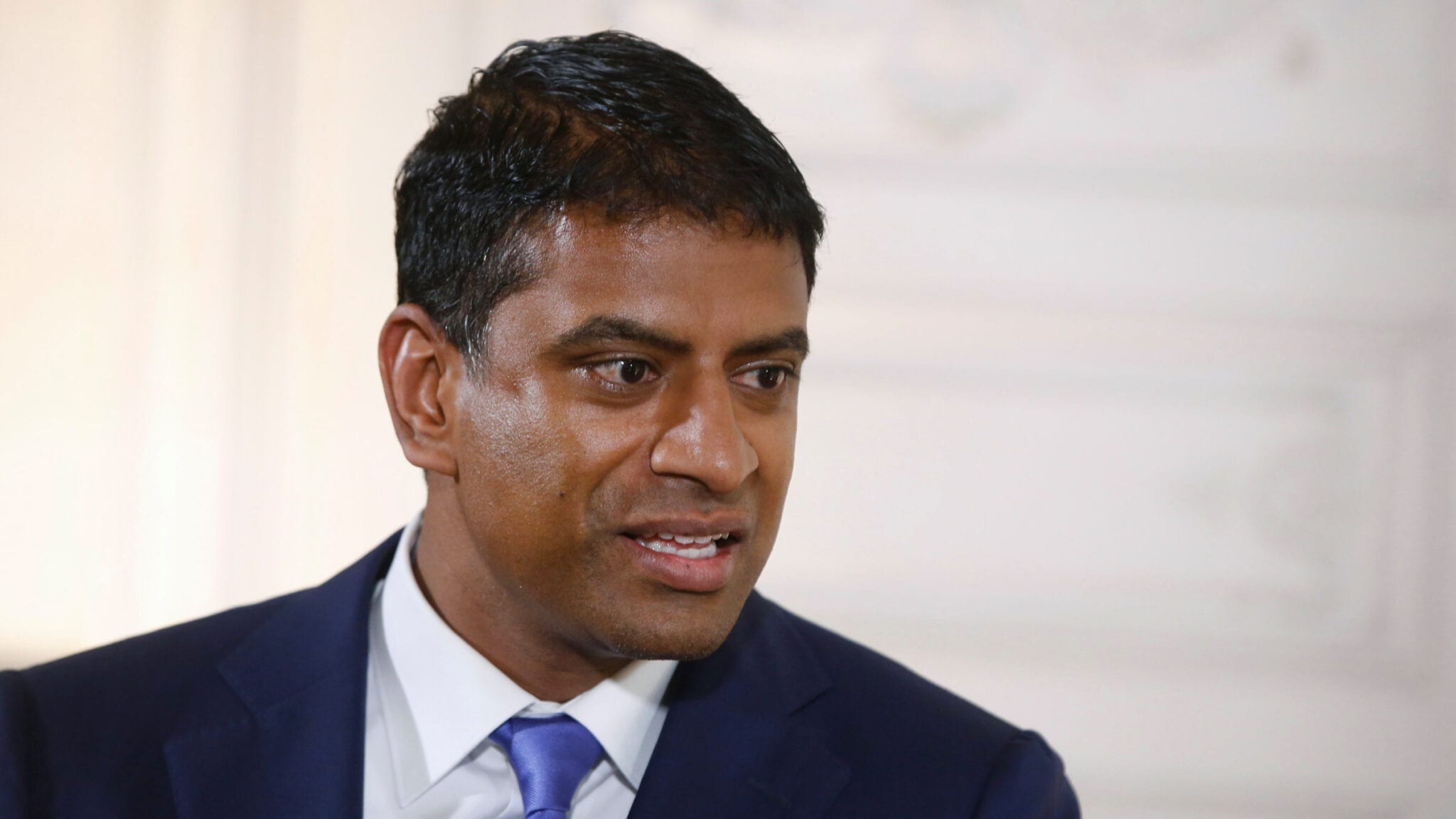
Vas Narasimhan, Novartis CEO (Thibault Camus/Pool via AP Images)
With generic competition heating up, Vas Narasimhan outlines Novartis' growth plans at R&D day
Thursday marks Novartis’ annual R&D day, and with it comes CEO Vas Narasimhan’s attempt to spotlight the company’s pipeline strategy and emerging stars.
The biggest …
Sign up to read this article for free.
Get free access to a limited number of articles, plus choose newsletters to get straight to your inbox.